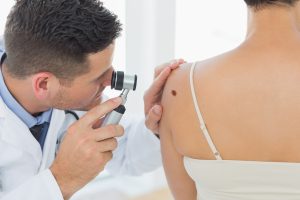What Is Mohs Surgery?
If you are spending a lot of your time at work or leisure under the sun, your skin is at risk of overexposure to the sun’s ultraviolet rays. Your skin is liable to show the effects of this exposure over time. Those who are spending too much time on tanning beds face the same risks.
The unwanted result can be a variety of different skin cancers. Thankfully there are many treatments for this ailment that can alleviate skin problems and eliminate the risk of skin cancer. One of these treatments is Mohs surgery. Some say that it is the best of all treatments based on several reasons.
What Is This Surgery?
Mohs is a surgical procedure that can be used to remove skin cancer. There are two types of skin cancers that some believe could be best treated by this micrographic surgery. They are squamous cell carcinomas or SCC and basal cell carcinoma or BCCs. These two types are the most common of all skin cancers.
It started as chemosurgery procedure developed in the late 1930s by Dr. Frederic E. Mohs. This particular skin cancer surgery came to be regarded as the most effective treatment for SCCs and BCCs. It is the type of surgical procedure that is commonly recommended for the treatment of cancers that develop on the face, eyes, nose, ears, hands, feet, lips and genitals.
Dr. Perry Robins, a dermatologist, was the first to study the technique used in this surgical procedure. Through the efforts of Dr. Robins, the current micrographic surgery was developed and perfected.
Why Would Someone Need This Surgery?
If you or a person you know is suspected of having some skin cancer-related problems on the face or any part of the body, you are advised to consult a dermatologist or a dermatologist to have the problem area checked or removed. You may need this surgery if:
- Cancer can disfigure or deform the body part where it developed
- The cancer is growing at a fast rate
- The cancer is very large
- The edges of the cancer are not well-defined
- The cancers developed in a scar tissue
- The skin cancer is a recurrence after a previous treatment and may reoccur
How This Surgery Works
The dermatologist will perform the surgery under local anesthesia. His purpose is to remove the thin layers of diseased skin tissues and examine each of the layers under a microscope. They will need to determine if the skin cells are malignant.
If the cells are malignant, surgery will continue. The surgical procedure will be undertaken until the doctor sees that these cancerous cells are totally removed. The whole procedure may take a while because the surgeon must be sure that they have eradicated all the cancerous cells.
While the procedure may be lengthy, it will prevent incisions or cutting off large sections of the skin. Large incisions lead to unavoidable scarring which prolongs the healing period. With Mohs surgery, skin scarring is very limited and healing time is reduced.
What To Expect When Undergoing This Surgery
Here are some of the things that you can expect if you elect to undergo this surgery.
- It is important to list all the medications that you have used prior to the operation. This will include all the vitamin or herbal supplements that you are taking. You should disclose any and all medications to your doctor.
- Typically, the procedure will take about three to five hours to complete. However, there are instances where actual situations can cause the procedure to go as long as an entire day. There are skin cancer types that take a longer time to treat because their roots have already burrowed too deep on the skin. Regardless, your doctor will not stop the procedure until all the cancer cells are removed.
- The surgical procedure will be relatively painless because you will be injected by a local anesthesia. It will numb that particular area of your skin where cancer has developed.
- When the anesthesia has taken effect, the doctor will start the procedure by removing a thin layer of the cancerous skin. Your dermatologist will use a cautery device to stop the bleeding. The doctor will then dress and bandage the wound. You will have to wait for the results of the skin examination to find out if cancerous cells are present.
- If your doctor finds problematic cells, he will repeat the process in other parts of your skin where cancerous cells could be. One incision on average takes an hour. On the average, the doctor will have to make about three incisions.
- The doctor may stitch the wound or ask a reconstructive surgeon to close the wound. If the incision is small, the doctor may just dress the wound and allow it to heal by itself.
How Long Is The Recovery Process?
The recovery process varies between cases for this surgery. Some factors that come into play are the complexity of the procedure and the health of the patient. Overall it can range from a couple days to a couple weeks for a full recovery.
What Will Be The Outcome?
The desired outcome is no more skin cancer. What about the scar? There will be a scar when you undergo this surgery. Therefore you need to consult with a reconstructive surgeon for options on how to minimize scarring.
What Is The Cure Rate?
This surgical procedure has high cure rates. The American Society for Mohs Surgery claims that for new cancer, there are about 99 percent cure rates and for recurrent cancer, around 95 percent.
If you struggle with skin cancer and believe you are a good candidate for Mohs surgery, contact the experts at Universal Dermatology & Vein Care. We can point you in the right direction and find the treatment plan that is right for you. n
Related Posts
Tips For Your Skin During The Winter Months
Winter gives your skin a double whammy. When outside, cold temperatures and high...
Melanoma: What It Is and How to Prevent It
May is Melanoma Awareness Month, making it the perfect opportunity to become more...
Laser Treatments Tips
Laser treatments, such as laser hair removal, are meant to help you put your best...
How To Prepare For A Botox Treatment
Skin care is an important part of our physical and mental well-being as it helps...

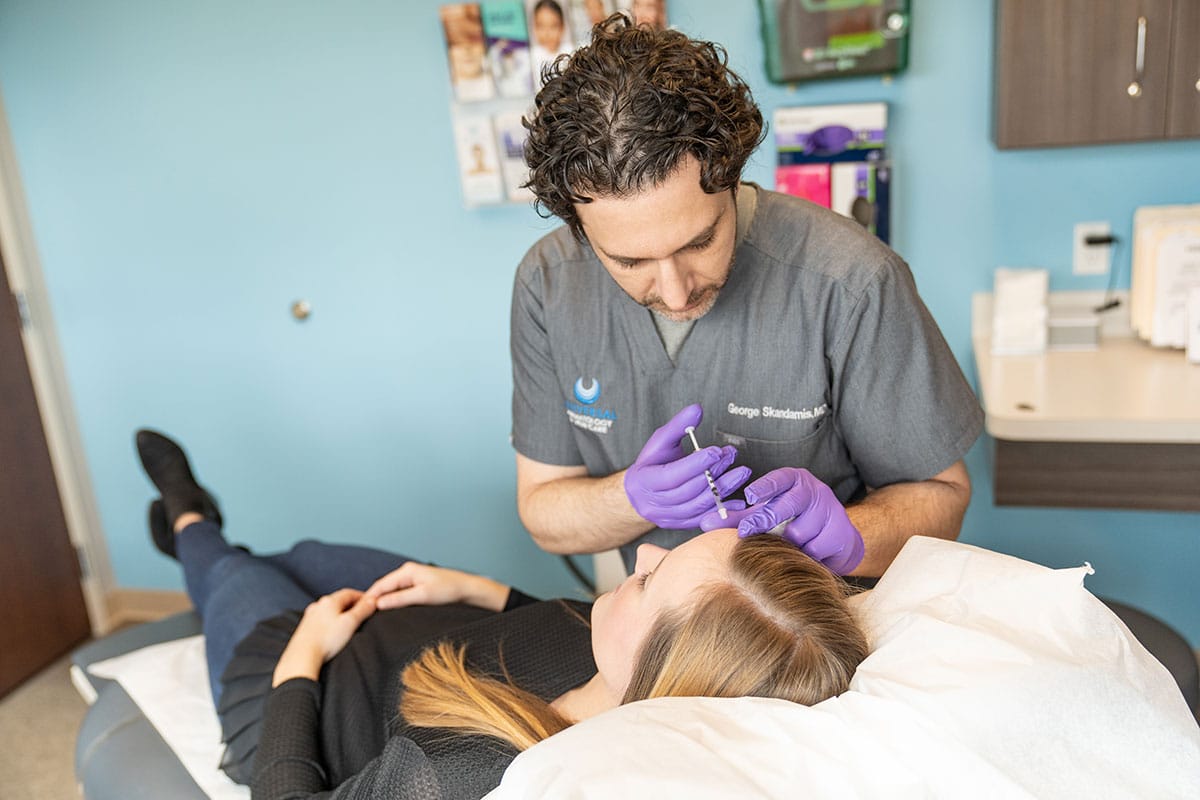 Our Dermatologists
Our Dermatologists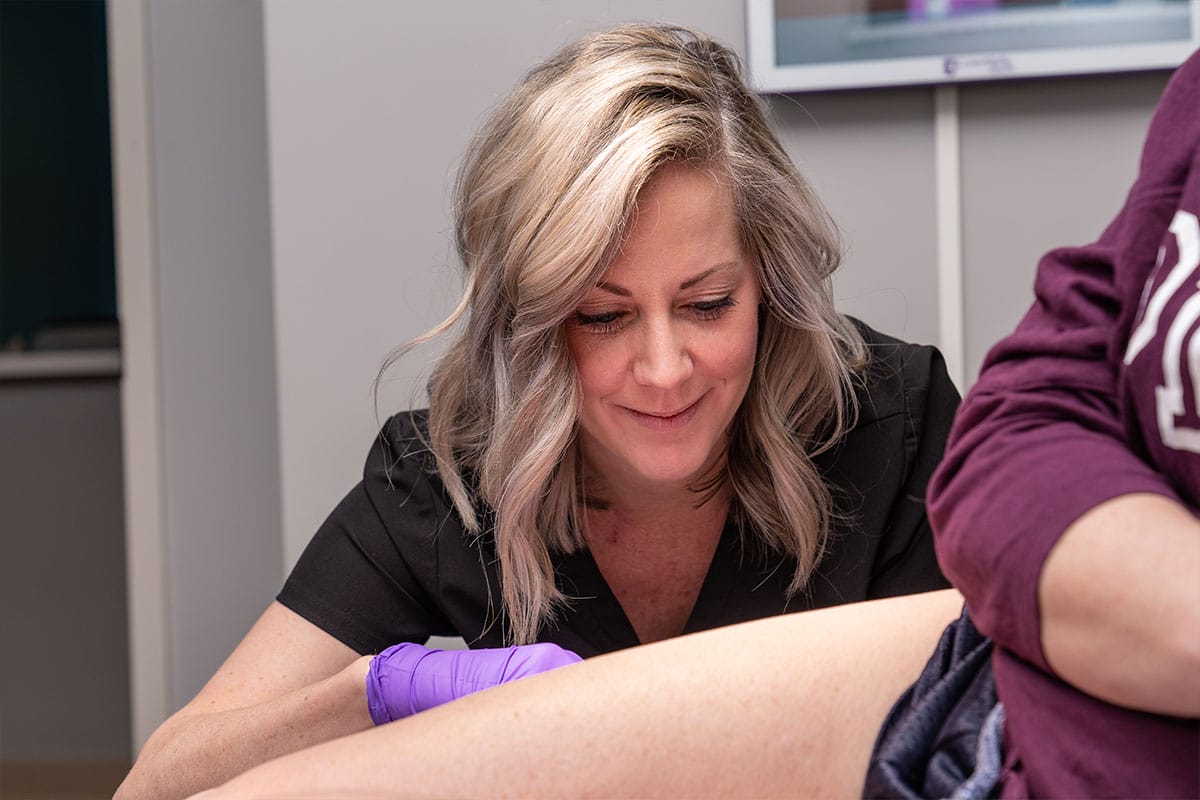 Our Providers
Our Providers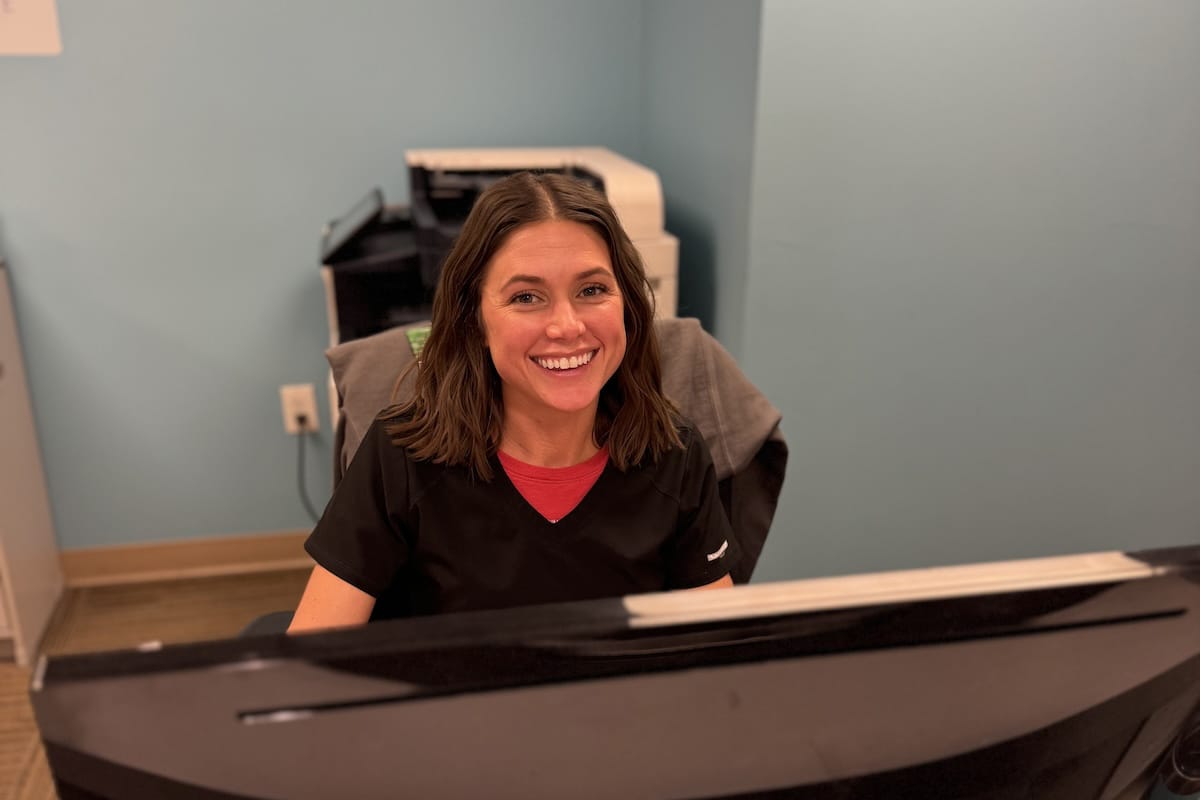 Our Staff
Our Staff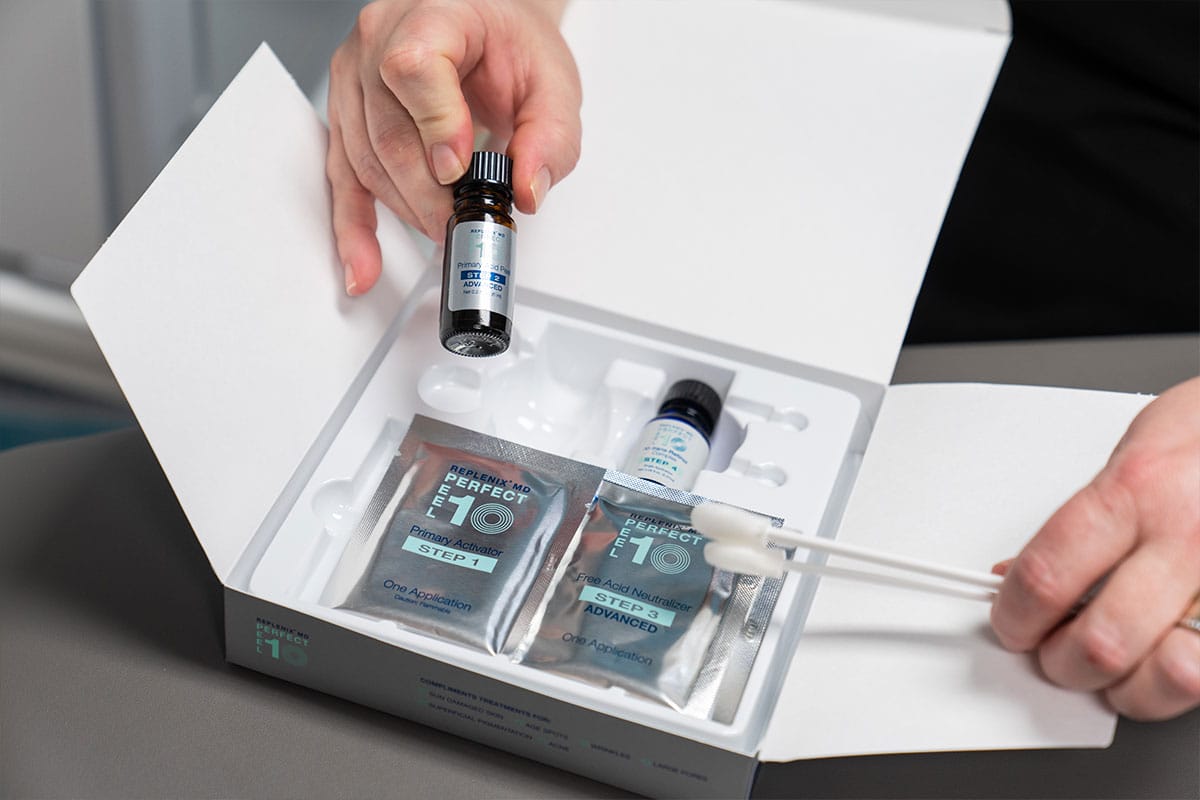 Specials
Specials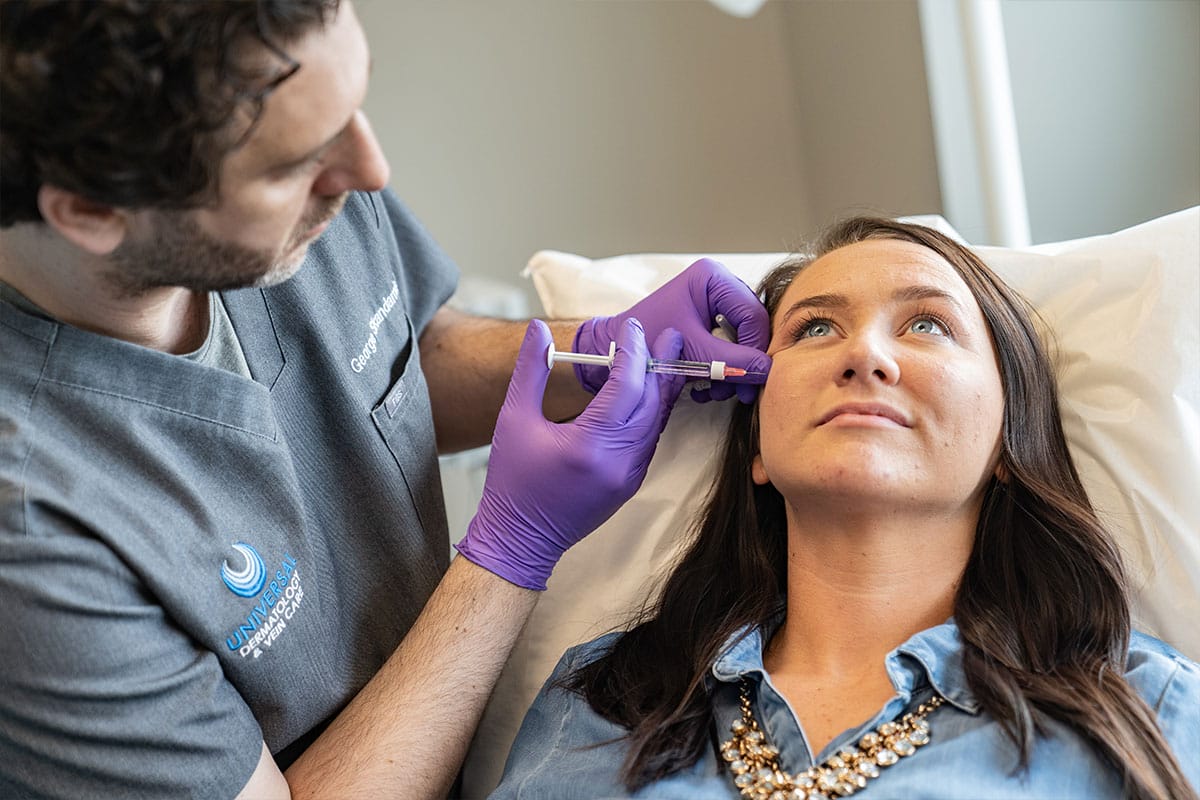 Financing
Financing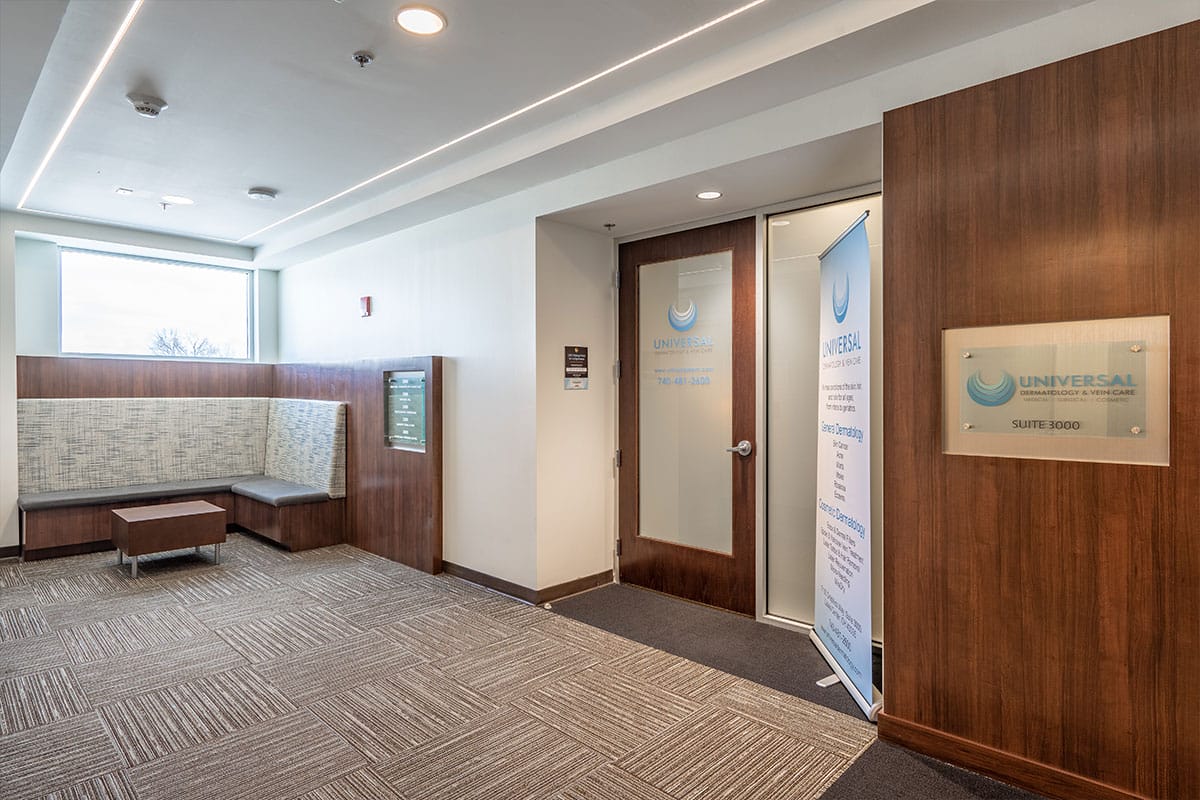 Pay Bill Online
Pay Bill Online